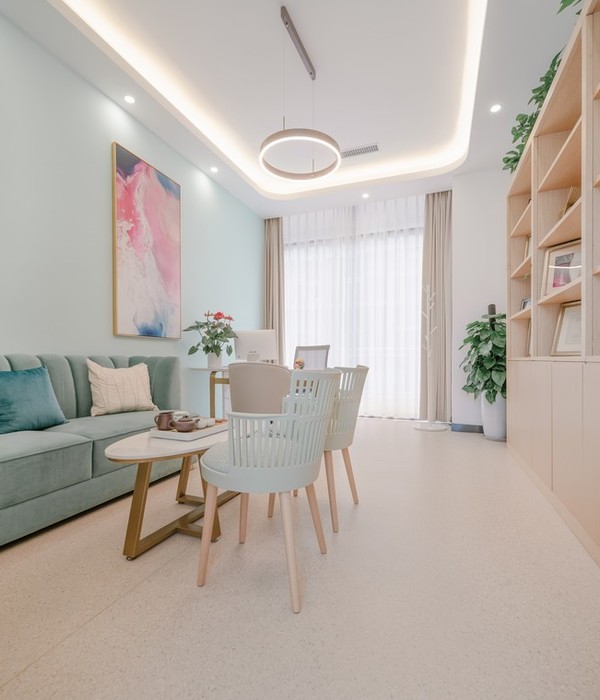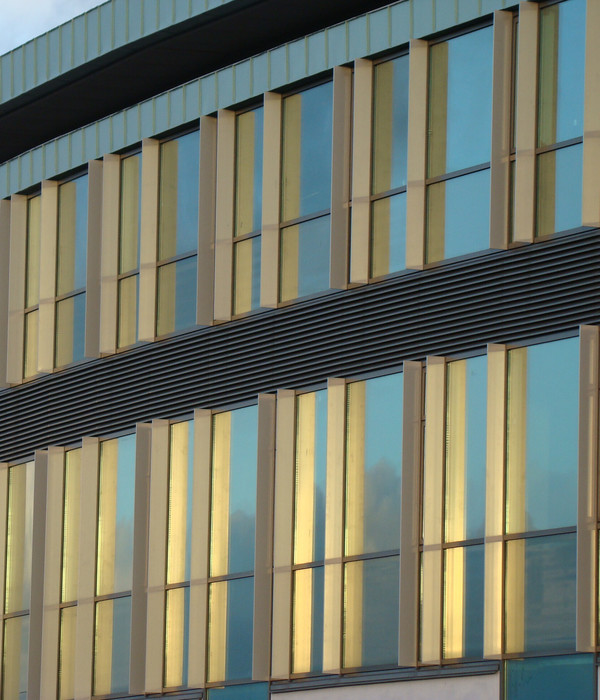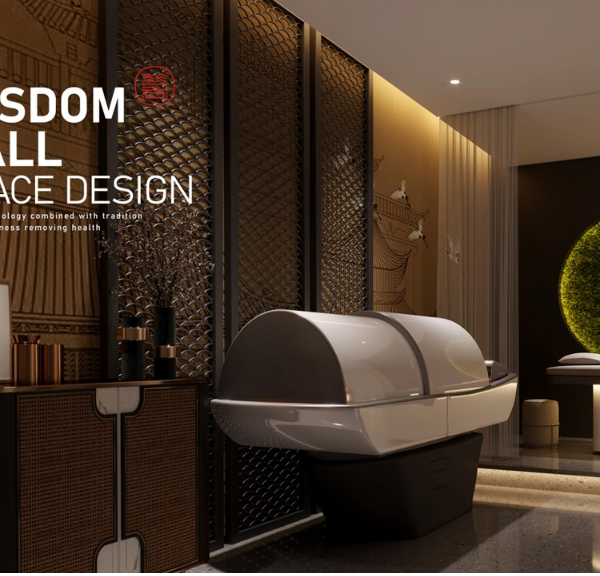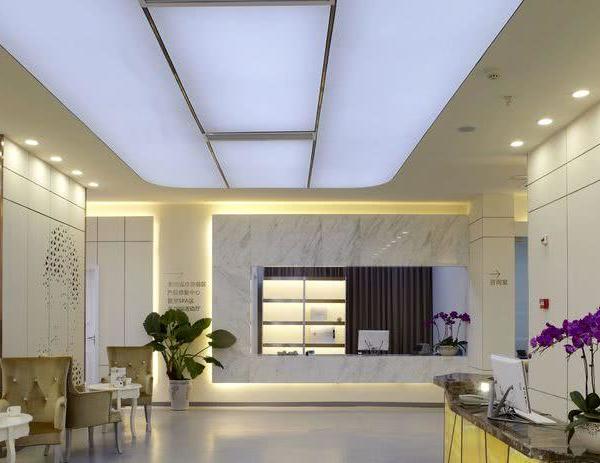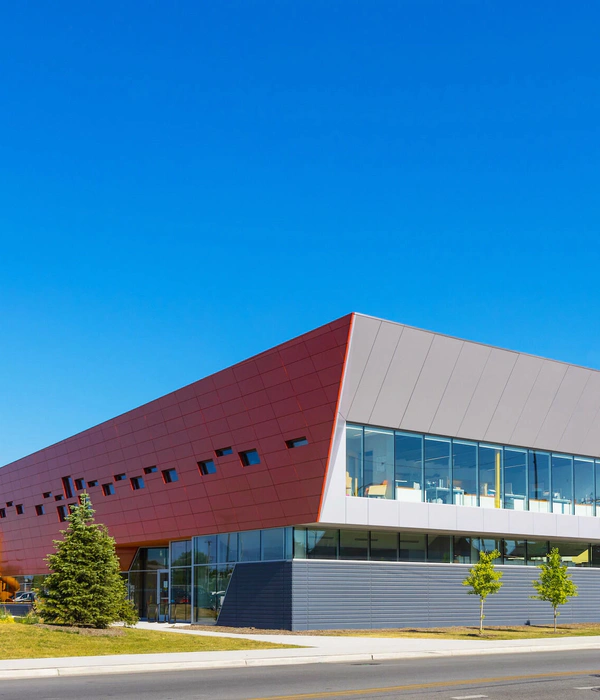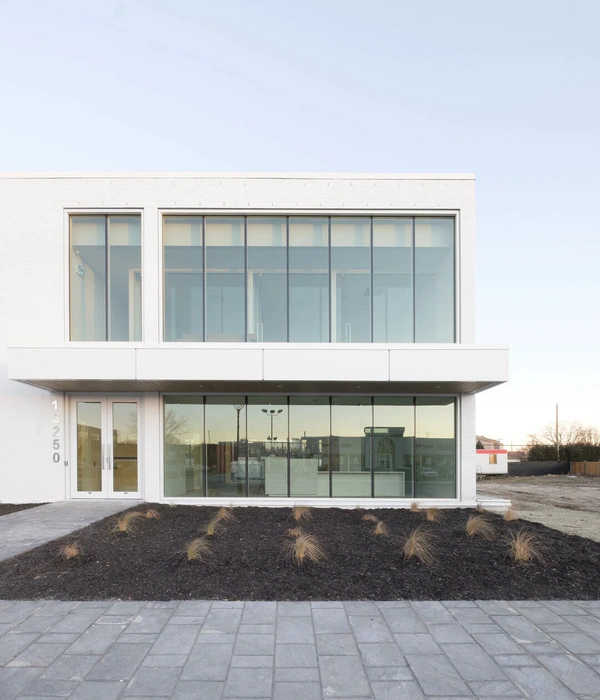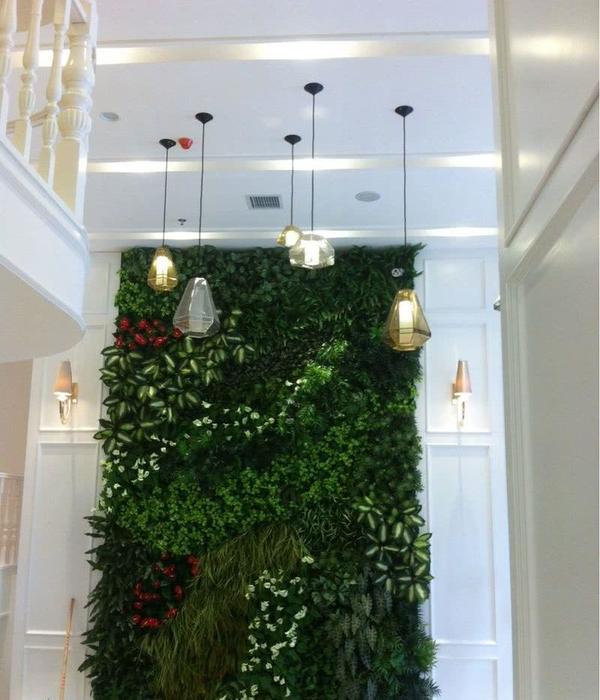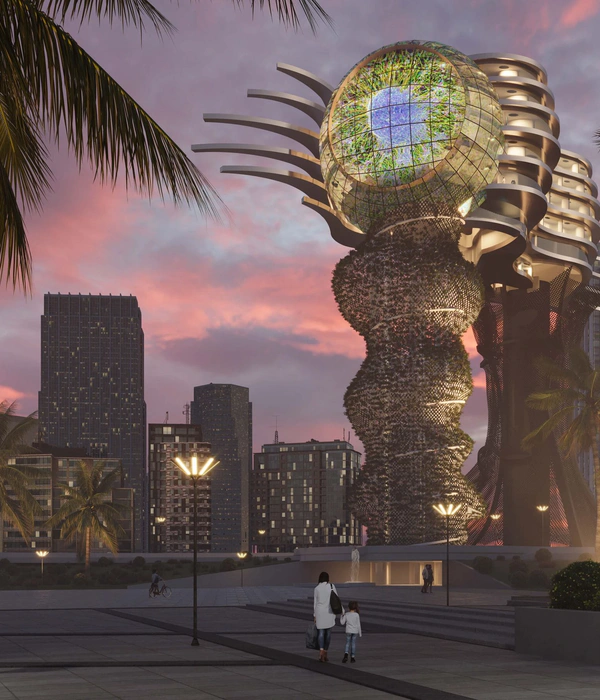乌干达国际专科医院设计
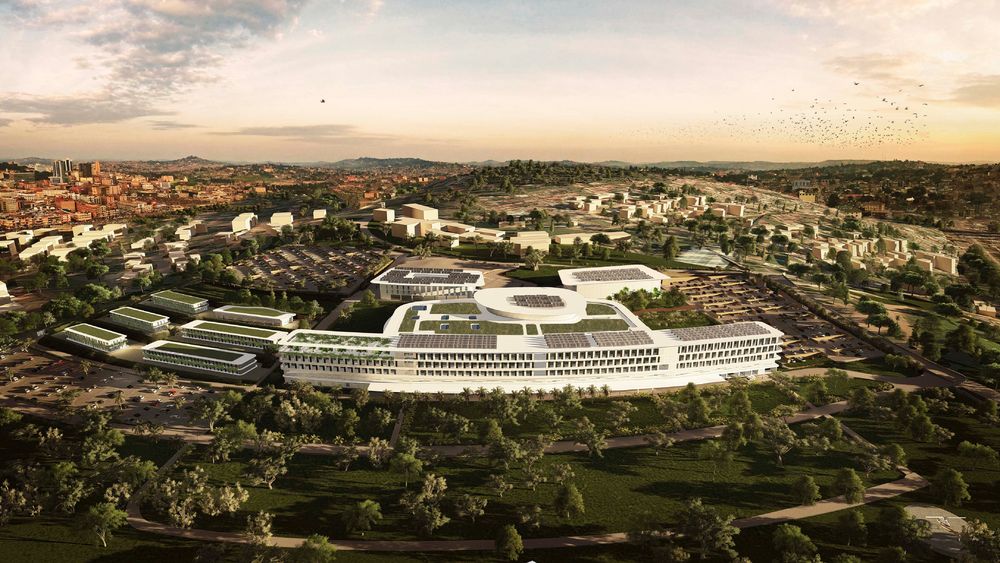

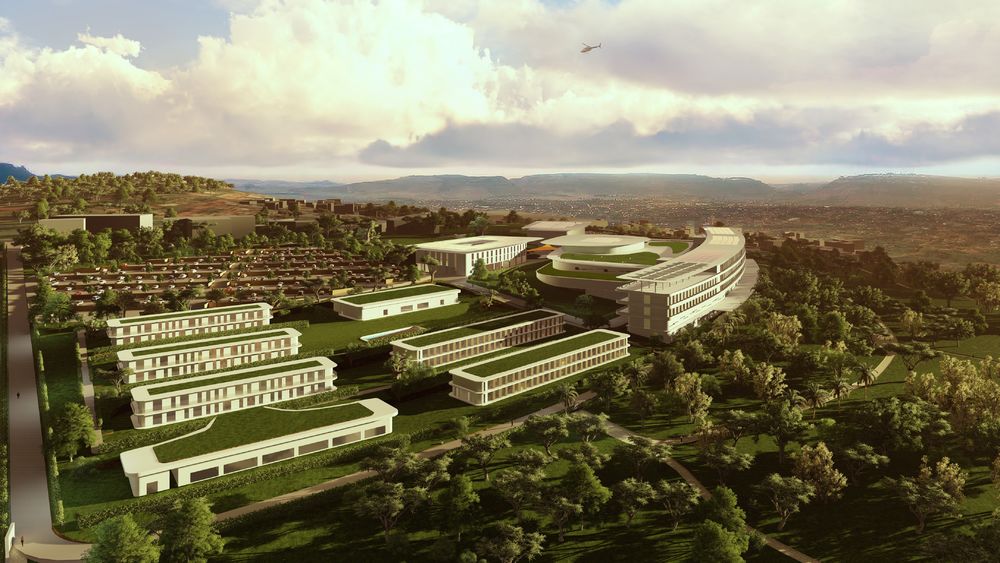
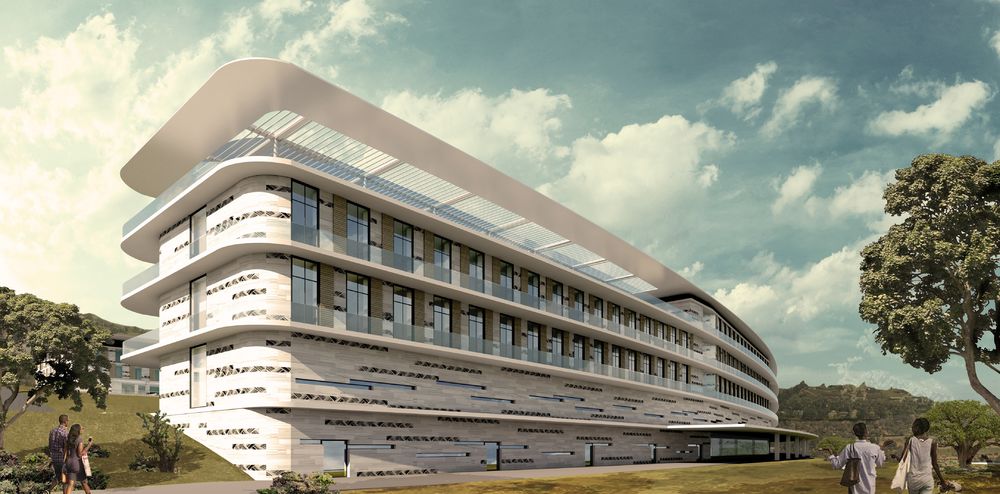


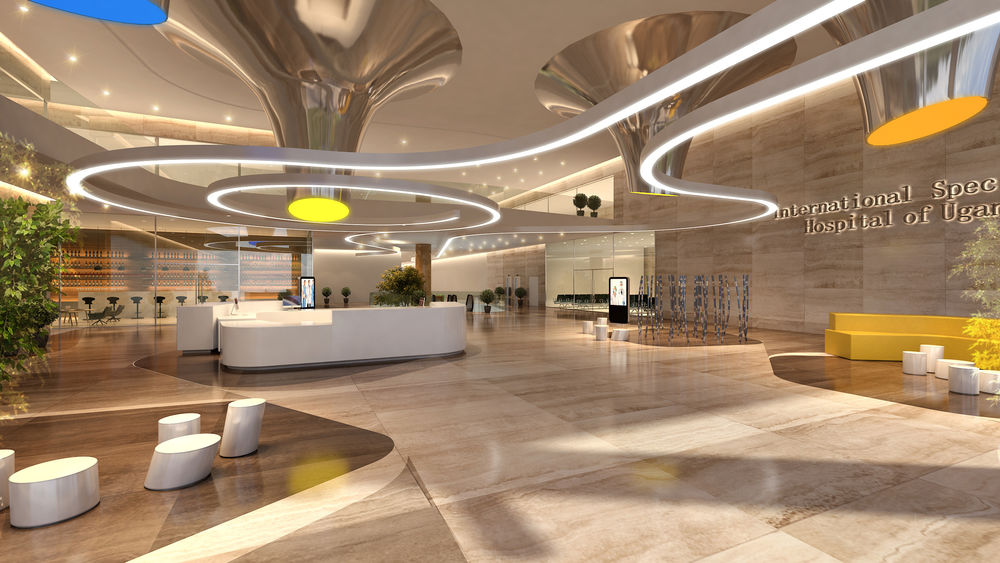
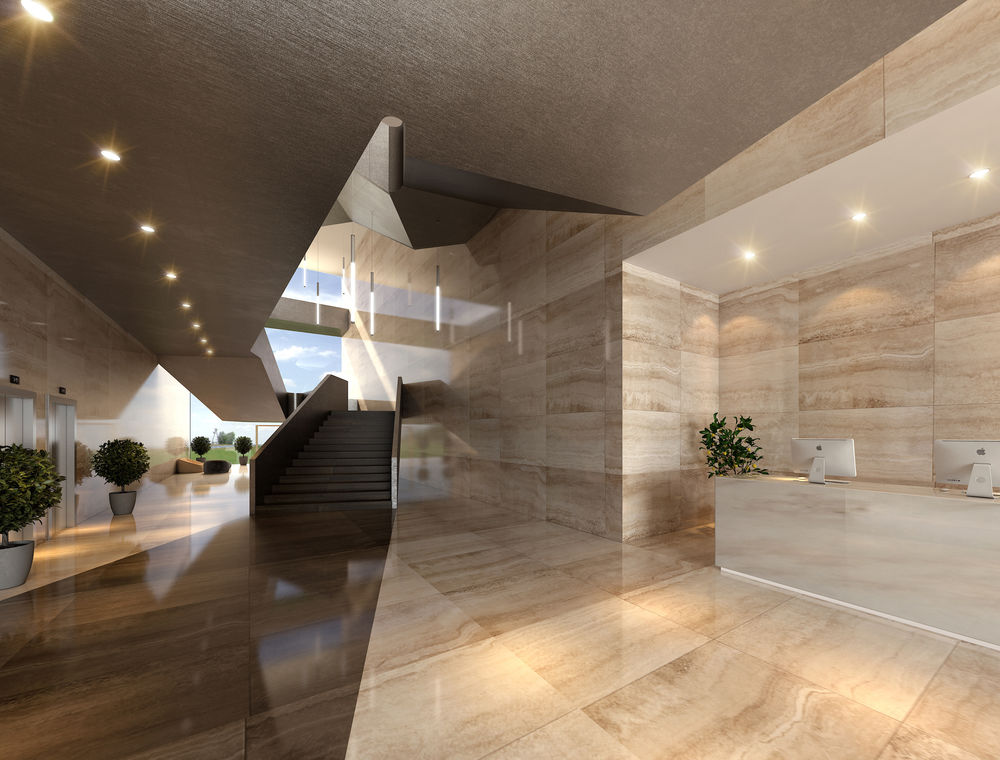
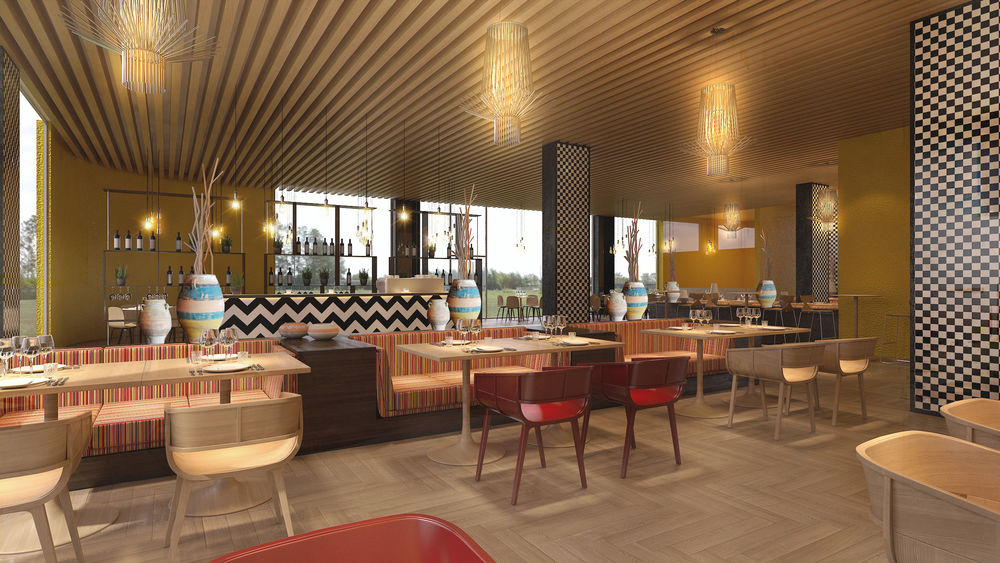
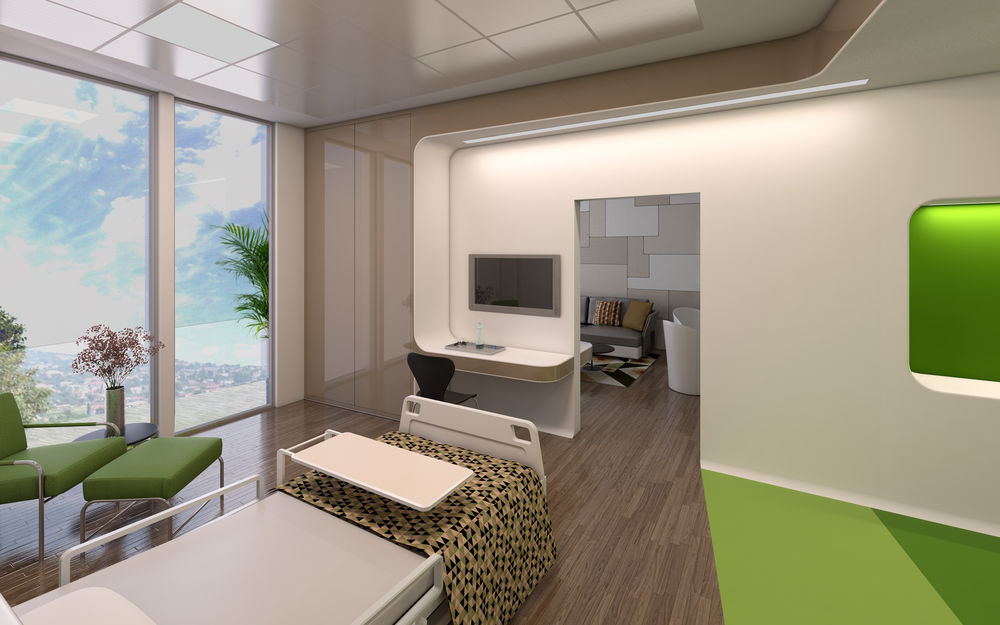
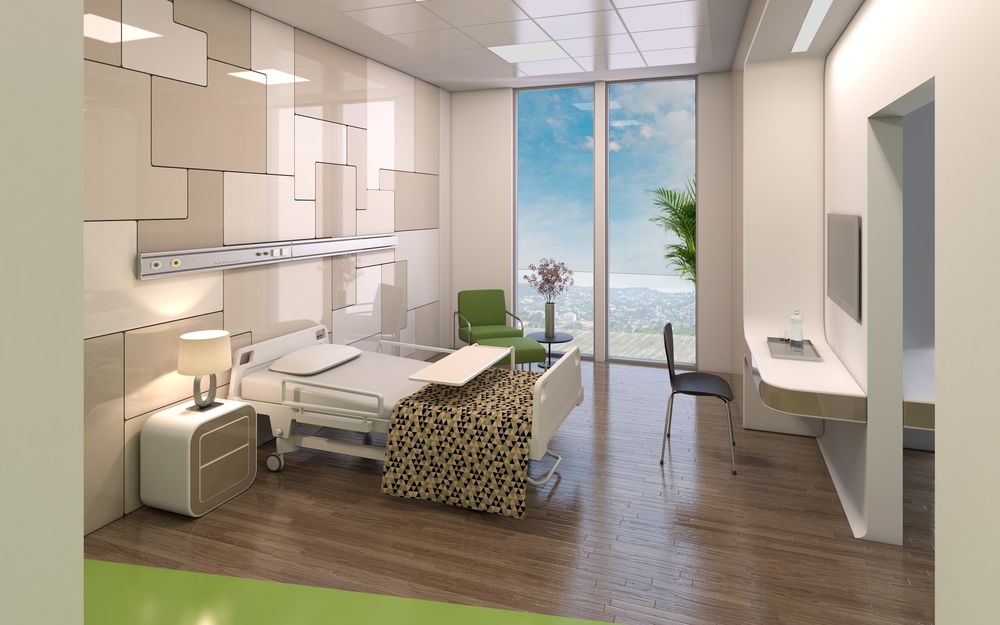
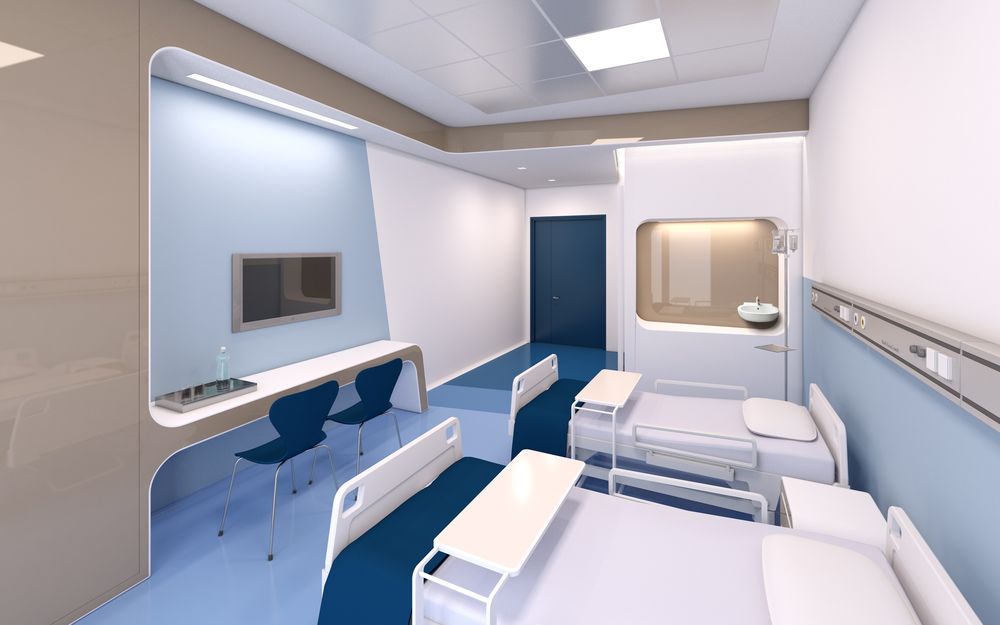
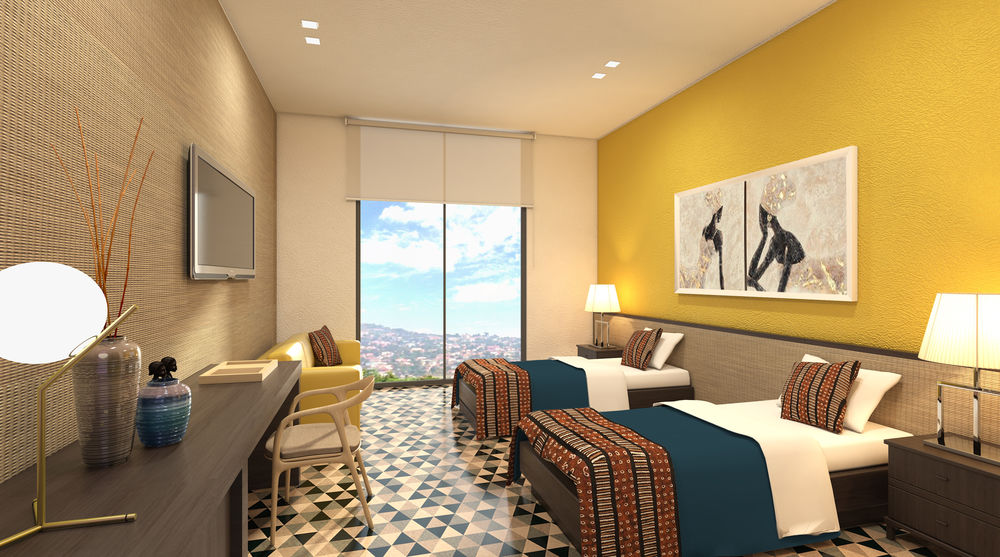
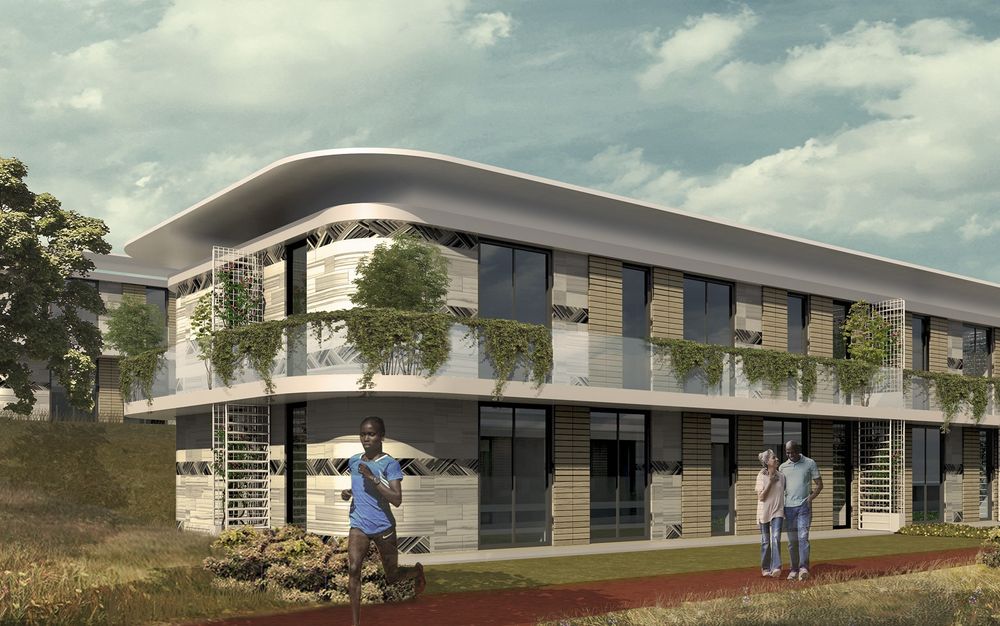
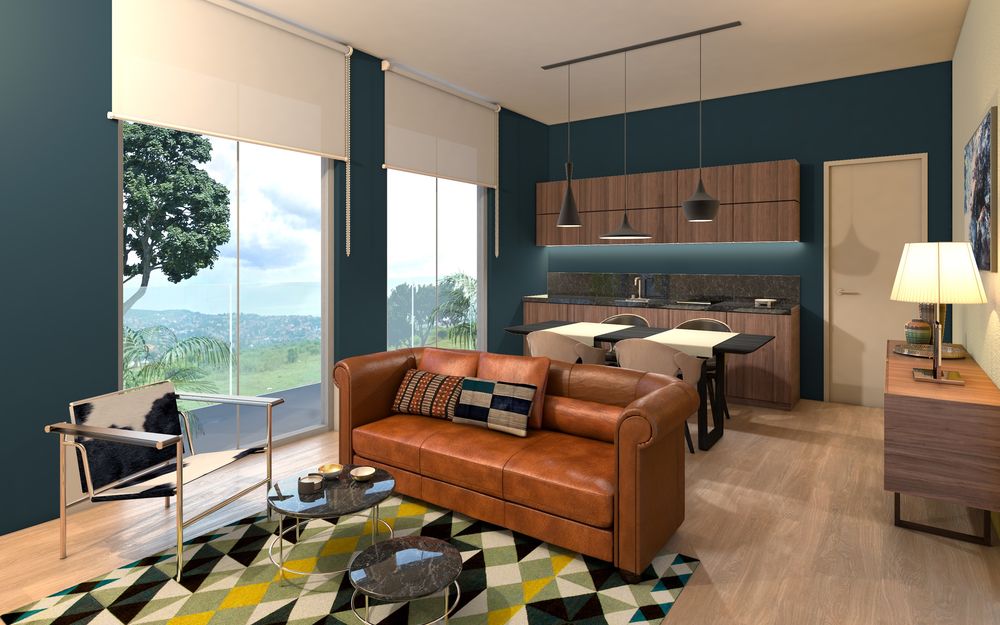
The project is located in Lubowa, Uganda. The area, about 300.000 sqm, is adjacent on west site to EntabbeRoad, the highway that link Kampala to Entebbe International Airport.
The residential buildings are located on east and north sides while on the south side there is the LubowaRoad and the access of Joint Clinical Research Center.
The area is approximately a north facing slope with a 10% average. The design proposal locates the hospital in the center of the upper part of the slope, to garantee:
-Locate the building in an highly visible area;
-Allow the wards the best view;
-Make the Hospital safer in case of extraordinary flooding or rainstorm;
-Provide areas for future expansions on every side of the hospital.
On the top of the hill is located a Piazza that is the main access to hospital, with users coming from parking located on west and east sides.
Facing the Piazza there is the Hospital main hall and, on the 2 sides, the public functions such as commercial, recreation, educational, motel and conference.
At the bottom of the hill on north part of the lot there is the park that can be seen from every room of the wards and used for rehabilitation purposes. It contains also an area for children and a little sport area for staff and doctors.
Architecture is based on an organic and sensible approach, the buildings are following the shape of the hill and aligned to the contour lines of the slope. Following this approach the wards are 3 floors linear building with a slightly curved shape. They have a central corridor, services on south side and rooms on north side enjoying the view of the park.
The whole hospital buildings and wards buildings are based on a 8 meters structural grid.
This scheme allows for future flexibility because the building can be partially built without loosing functionality and design consistency.
Every block can have up to 14 room for each floor (2 rooms every 8 meters). Every block can have a maximum of 42 rooms. The whole wards building can have a maximum of 168 rooms and, in case of double occupancy, can host up to 336 patients.
The proposal is based on use of stone and wood, that will be local and will be used both in façades and interior spaces.
The interior design has a close relationship with the sinuous character of the building and it aims to create a space combining the natural and the technological environment.
The hospital is designed to achieve LEED certification. Among the measures aimed at ensuring the sustainability lowest possible energy consumption, we have:
-the study of natural light
-low emissions and the use of materials and local businesses where possible.
-materials with recycled content
-renewable materials
-materials with low emission of volatile organic
-certified wood
Year 2014
Work started in 2017
Status Current works
Type Hospitals, private clinics / Hotel/Resorts

